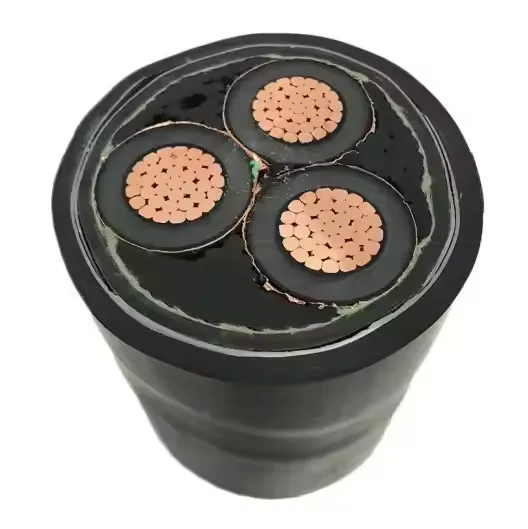How Does Cable Insulation Work? A Beginner’s Guide
Table of Contents
- 1. Introduction
- 2. Purpose of Cable Insulation
- 3. How Cable Insulation Works
- 4. Common Insulation Materials
- 5. Material Comparison Table
- 6. How to Choose the Right Insulation
- 7. Conclusion
1. Introduction
Cable insulation is a crucial component of any electrical wiring system. It surrounds and protects the conductor inside a cable, preventing electric shock, short circuits, and damage from environmental factors.

2. Purpose of Cable Insulation
- Prevents contact between conductors and other surfaces
- Reduces risk of electrical shock or fire
- Protects against moisture, chemicals, UV, and mechanical damage
- Helps maintain signal integrity in communication cables
3. How Cable Insulation Works
Cable insulation acts as a **non-conductive barrier** between the live conductor and the surrounding environment. It is typically made of materials with high electrical resistance to ensure that current stays within the conductor. In high-voltage applications, multiple layers of insulation may be used to prevent arcing and dielectric breakdown.
4. Common Insulation Materials
- PVC (Polyvinyl Chloride): Economical, flame-retardant, and moisture-resistant
- XLPE (Cross-Linked Polyethylene): Excellent thermal resistance and durability
- Rubber: Very flexible, used in portable cords and equipment cables
- PTFE (Teflon): High heat resistance and chemical stability for harsh environments
5. Material Comparison Table
| Material | Temperature Range | Water Resistance | Flexibility | Typical Use |
|---|---|---|---|---|
| PVC | -10°C to 70°C | Good | Moderate | Building wiring, low-voltage |
| XLPE | -40°C to 90°C | Excellent | Moderate | Power transmission, underground cables |
| Rubber | -25°C to 60°C | Good | High | Flexible cords, temporary power |
| PTFE | -65°C to 200°C | Excellent | Low | High-temperature, aerospace |
6. How to Choose the Right Insulation
- Consider operating voltage and temperature — Choose insulation that can withstand the application’s demands.
- Evaluate environmental factors — For outdoor or industrial use, materials like XLPE or PTFE offer better protection.
- Check for flexibility needs — For cords and movable devices, rubber or TPE are ideal choices.
- Compliance and standards — Ensure the cable meets UL, IEC, or other applicable standards.
7. Conclusion
Cable insulation is the unsung hero of electrical systems, providing essential protection and reliability. Understanding how insulation works and choosing the right material for your application can prevent costly failures and ensure safe, efficient operation.
Source: JianYunCable.
Comments
Post a Comment